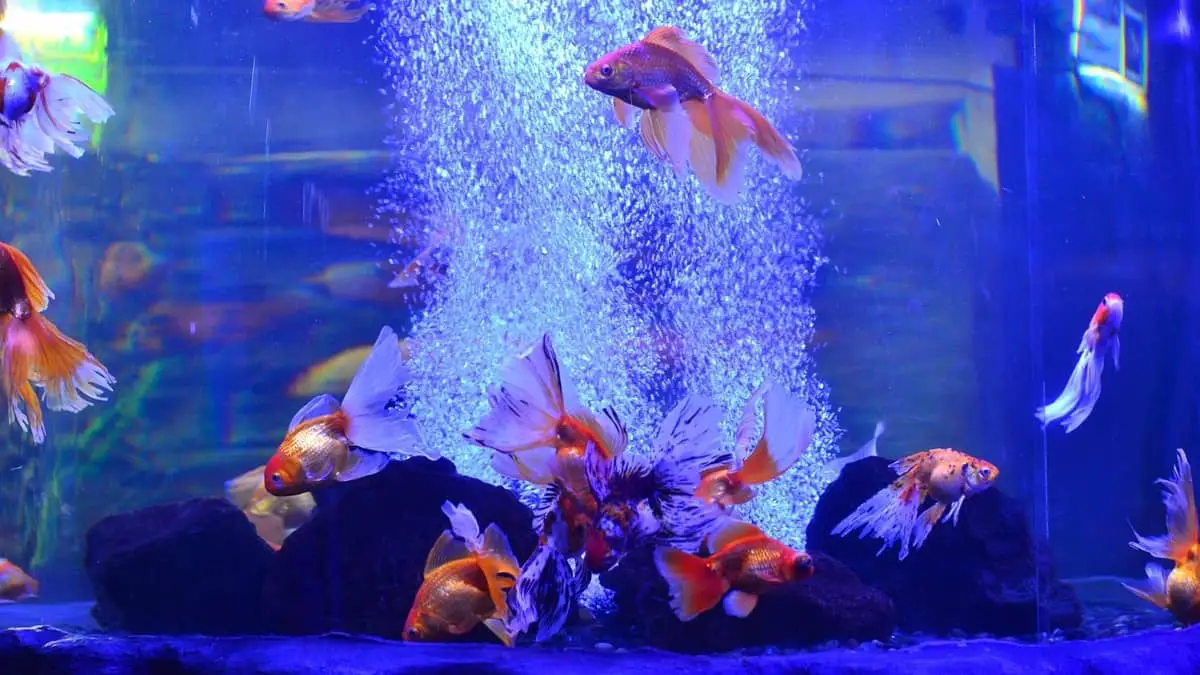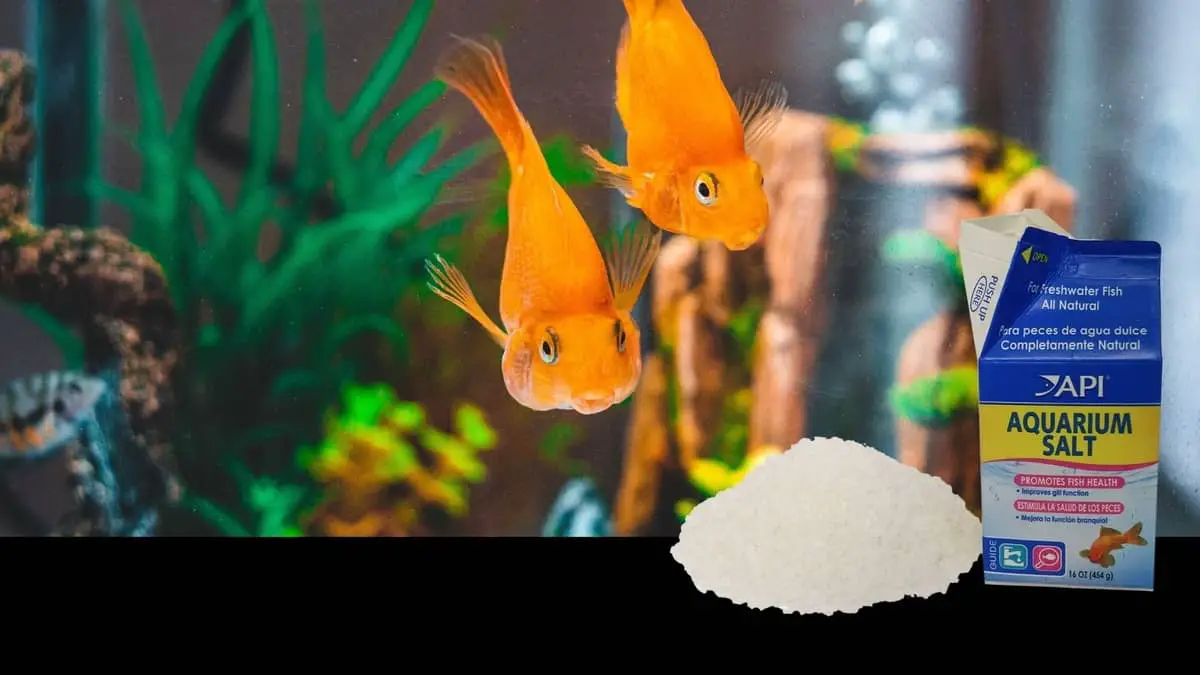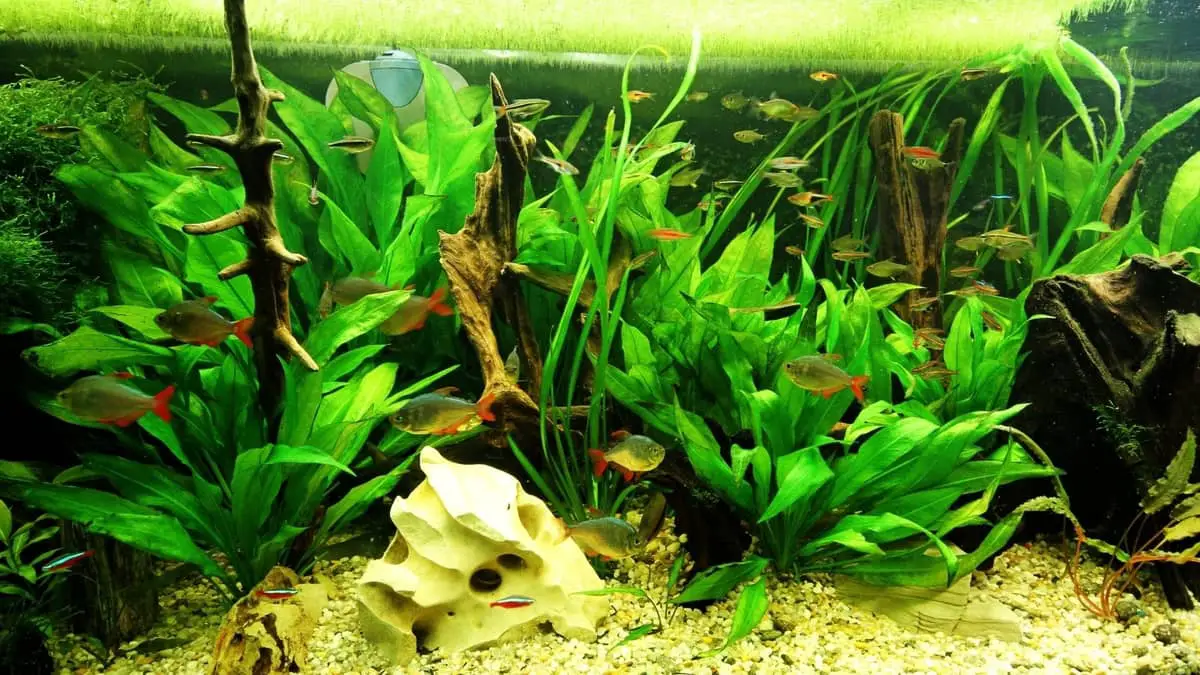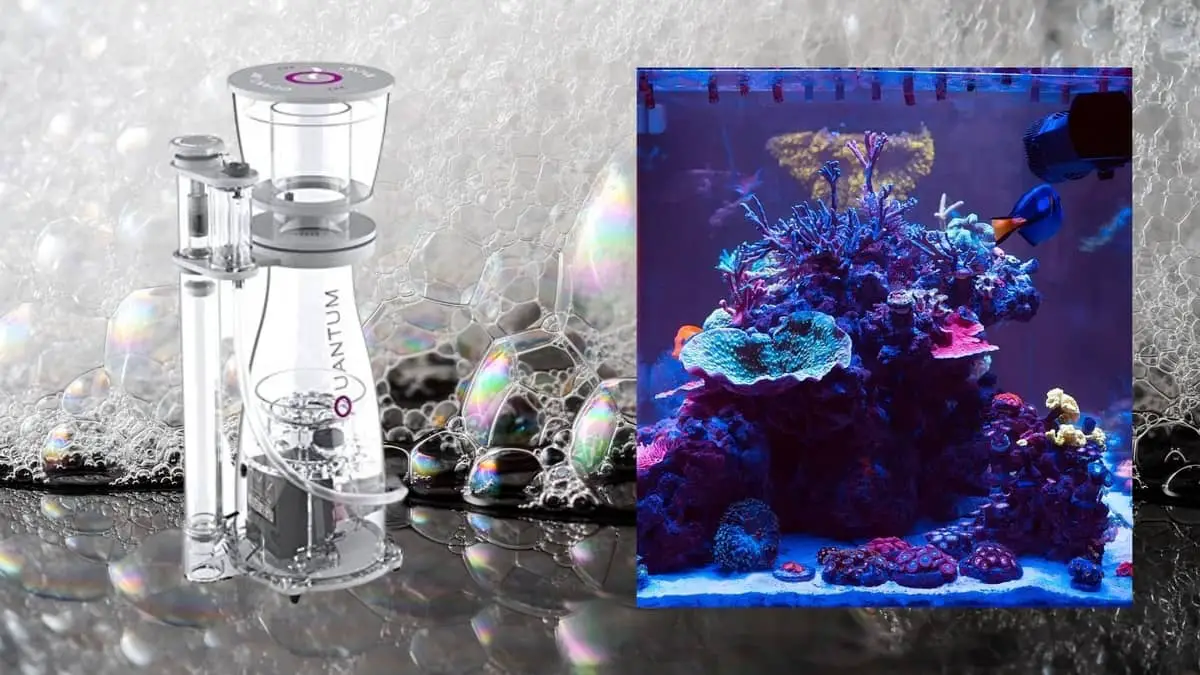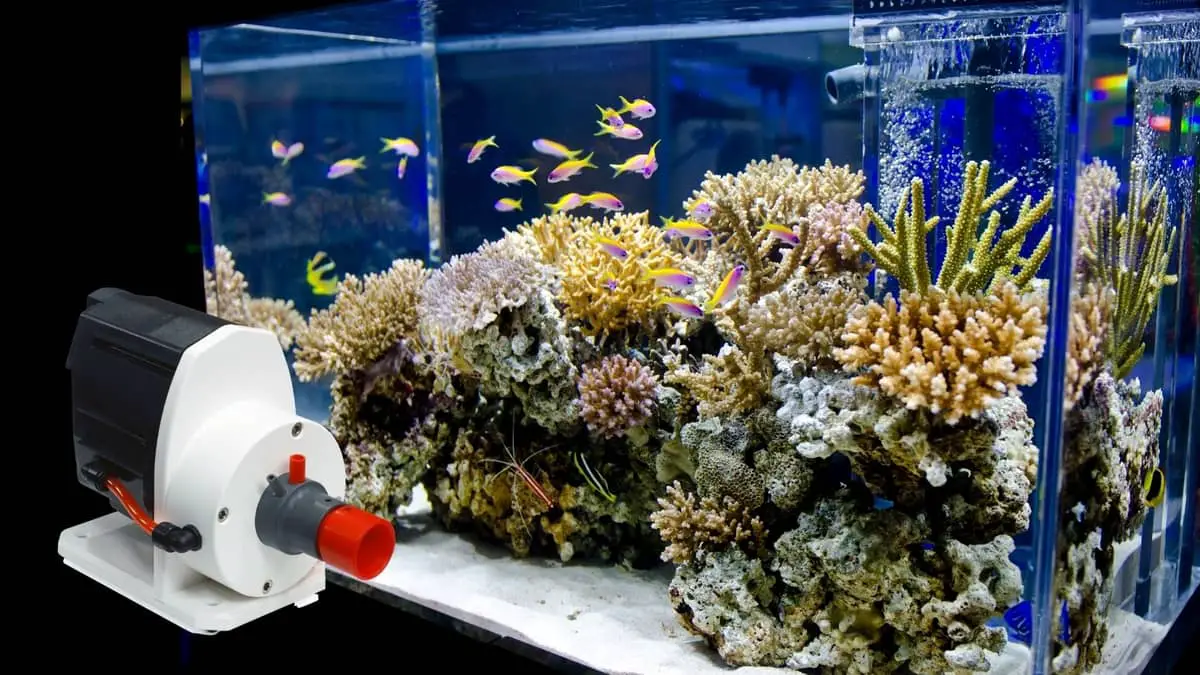Do I Need An Air Pump For My Aquarium?
If you are getting an aquarium, it is important to know all the equipment you need. You may wonder, do I need an air pump for my aquarium? Air pumps can be an important addition to fish tanks, but not all of them require one. It is important to have the proper setup for your … Read more
